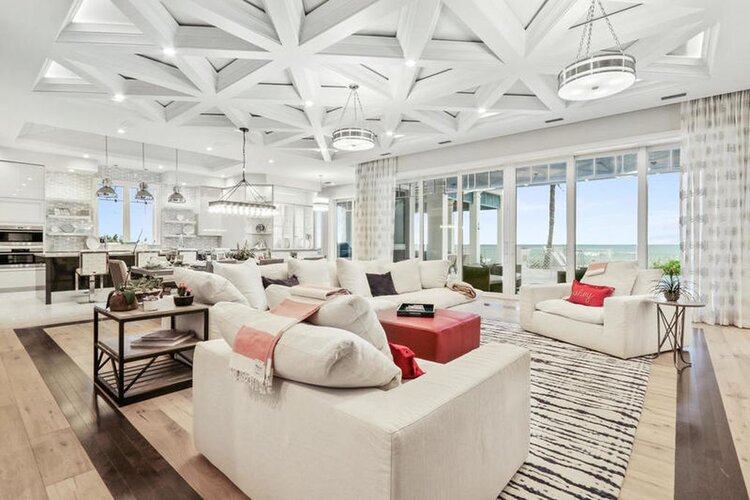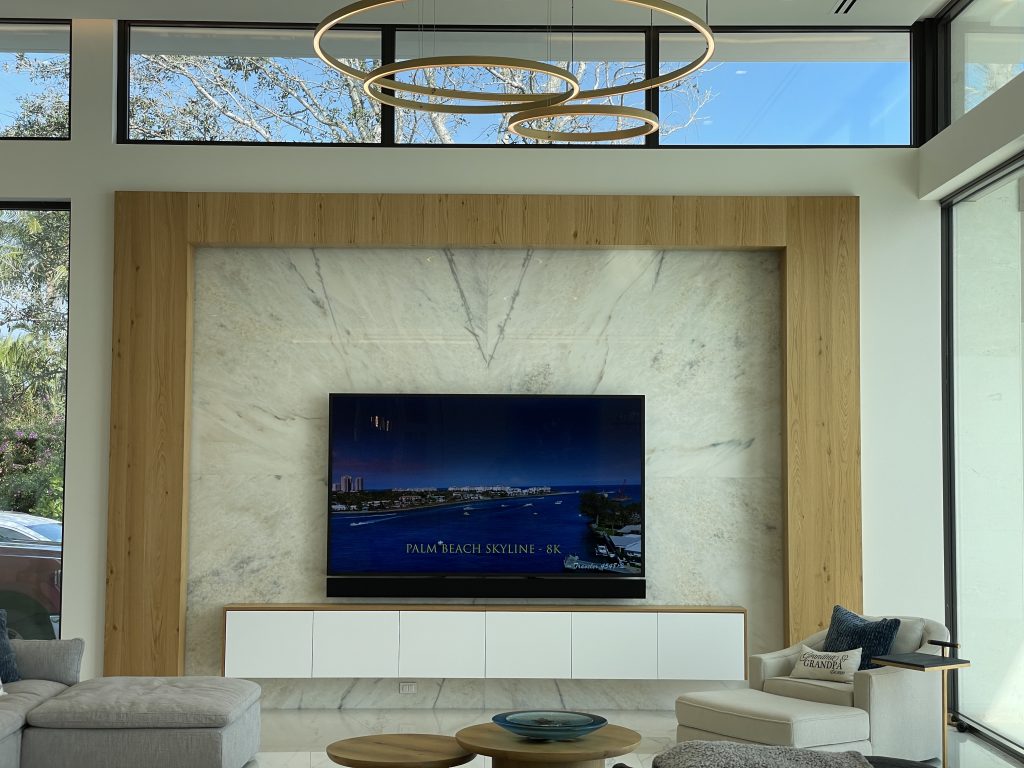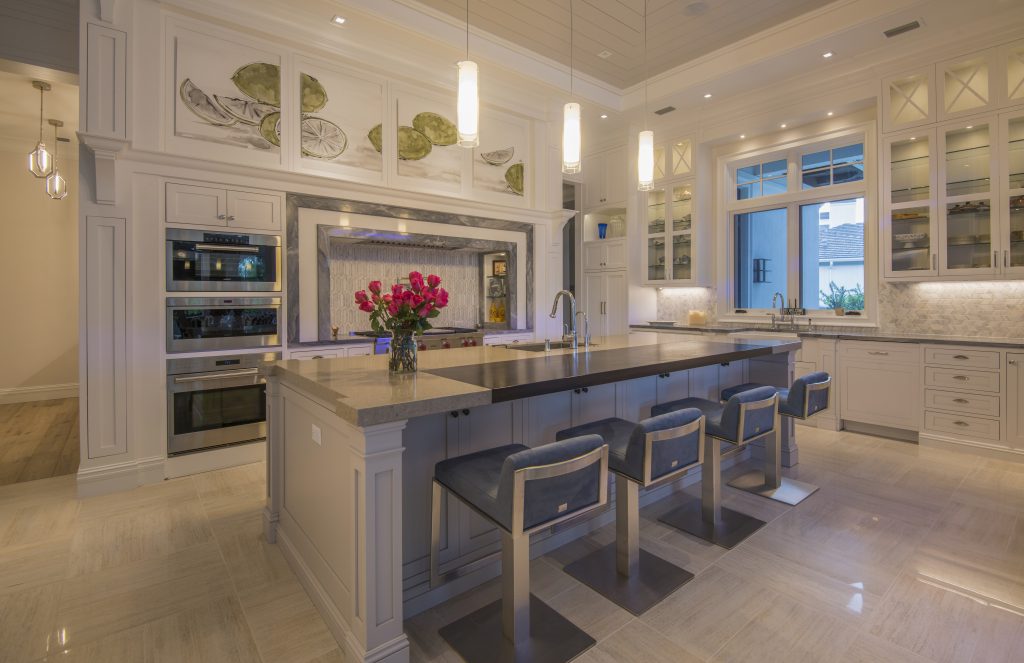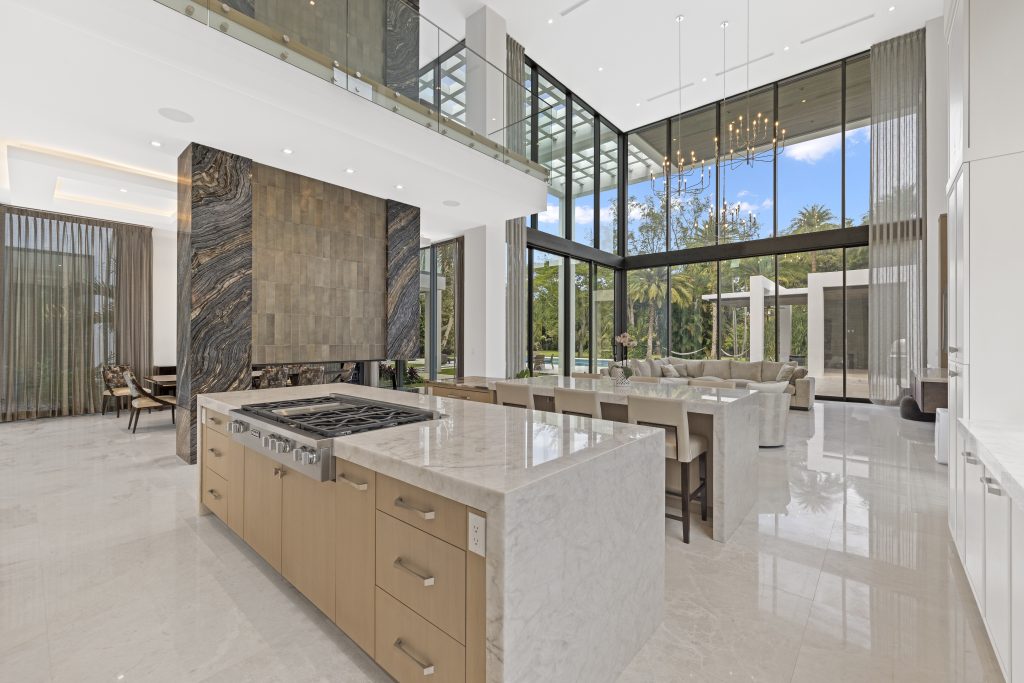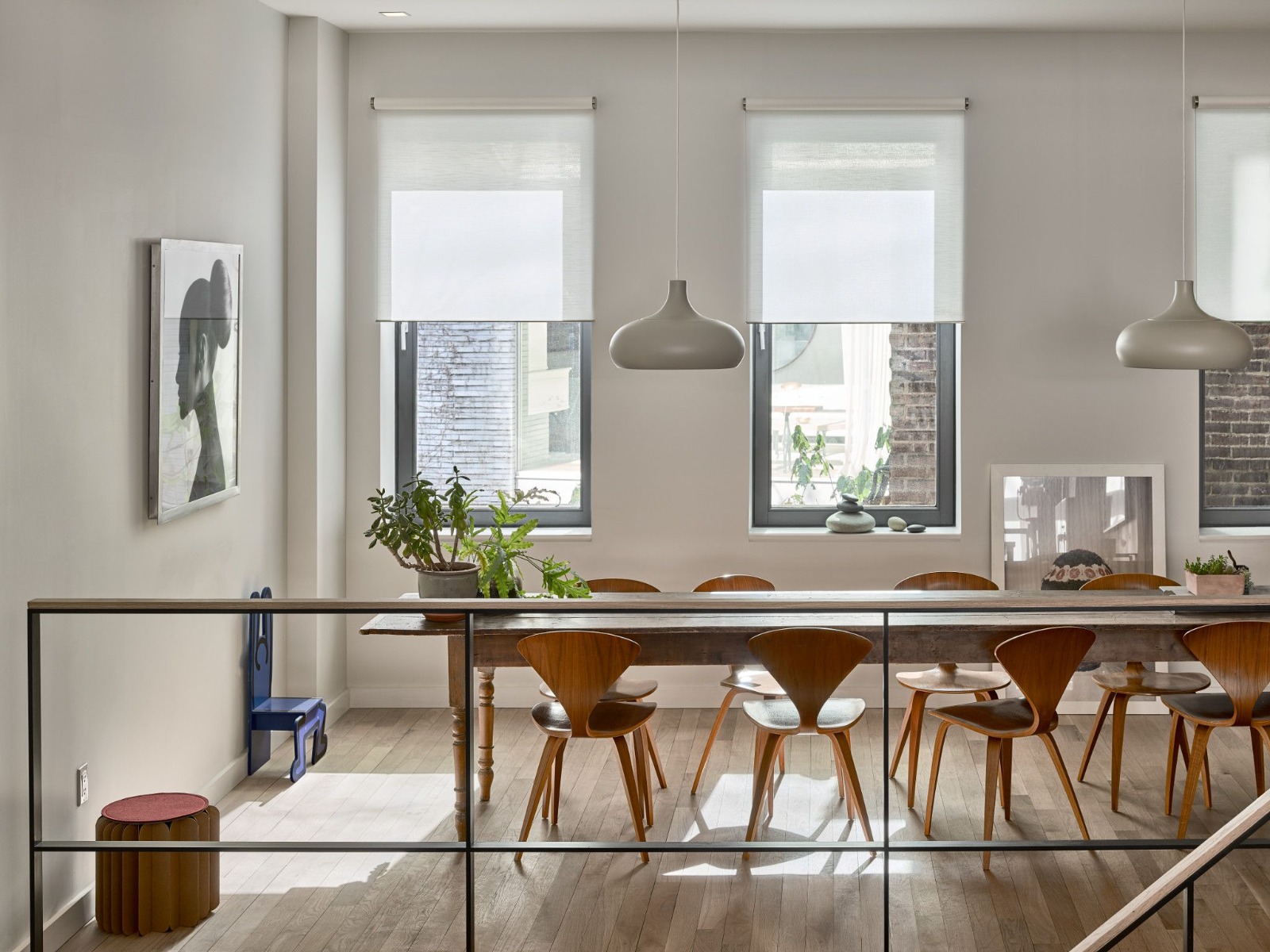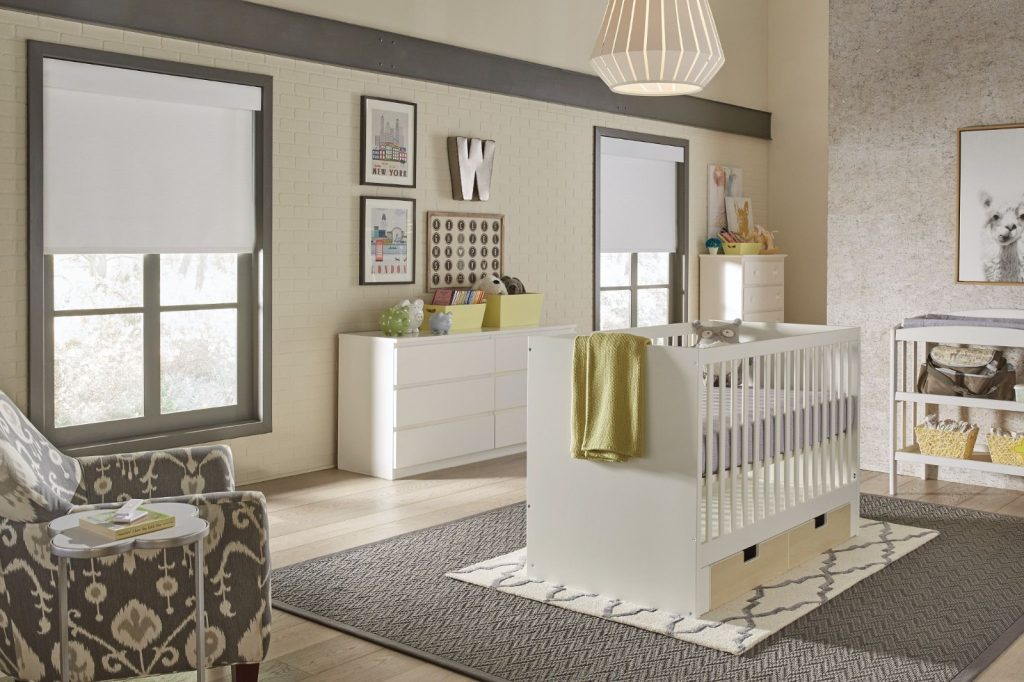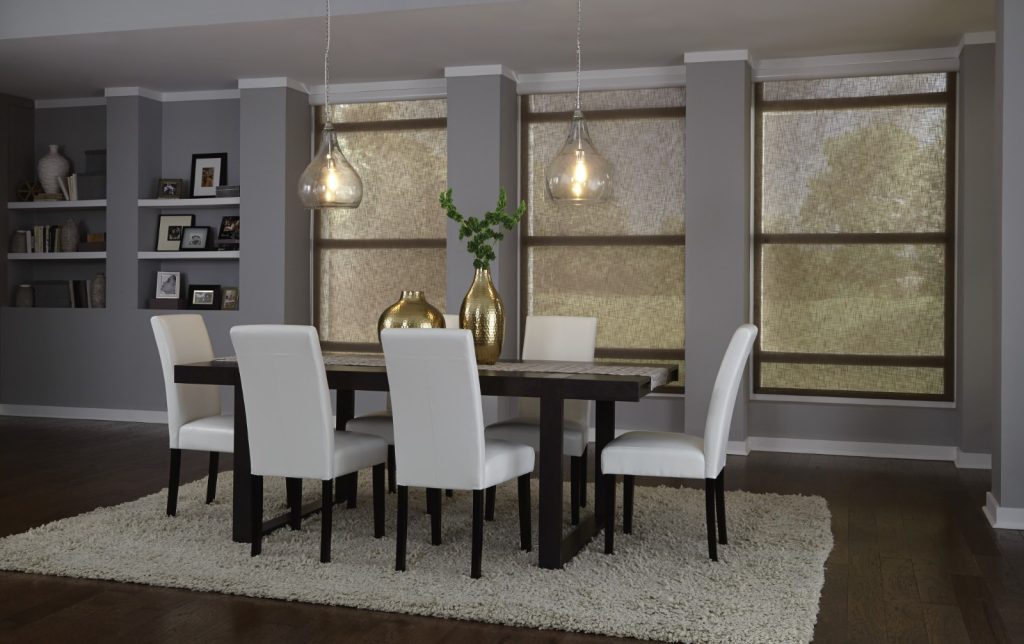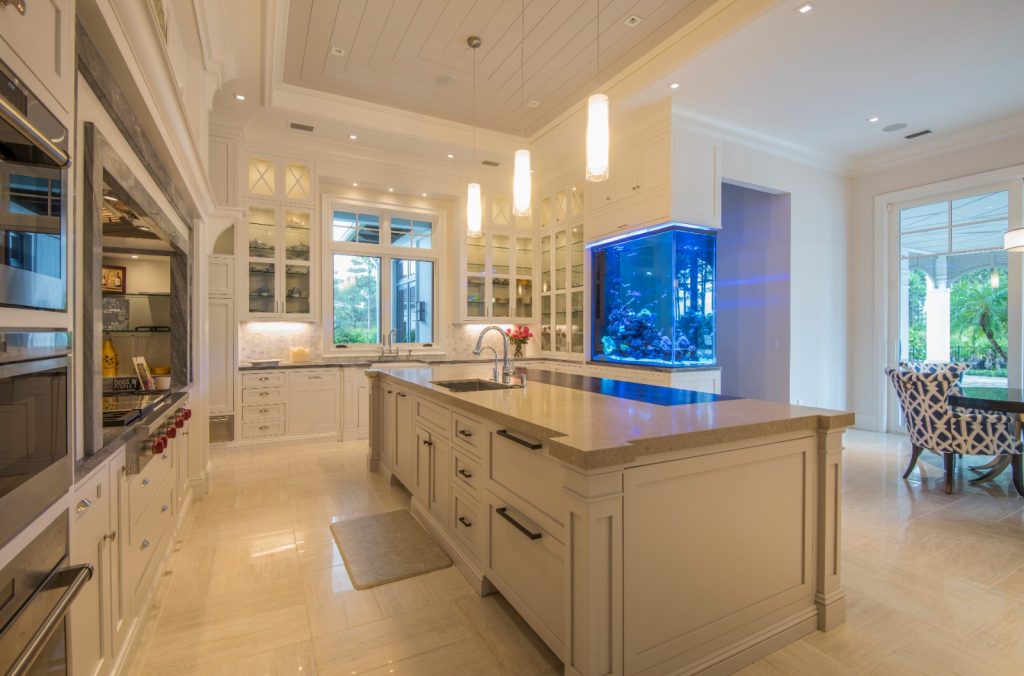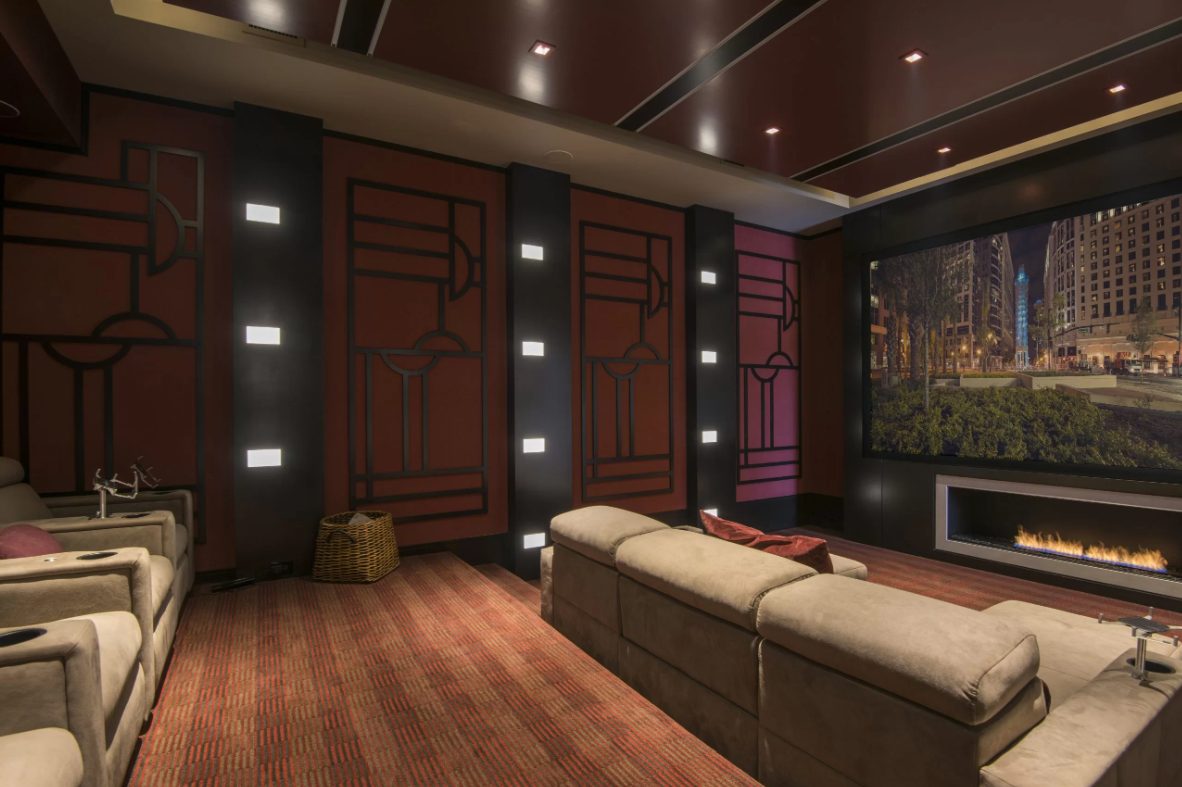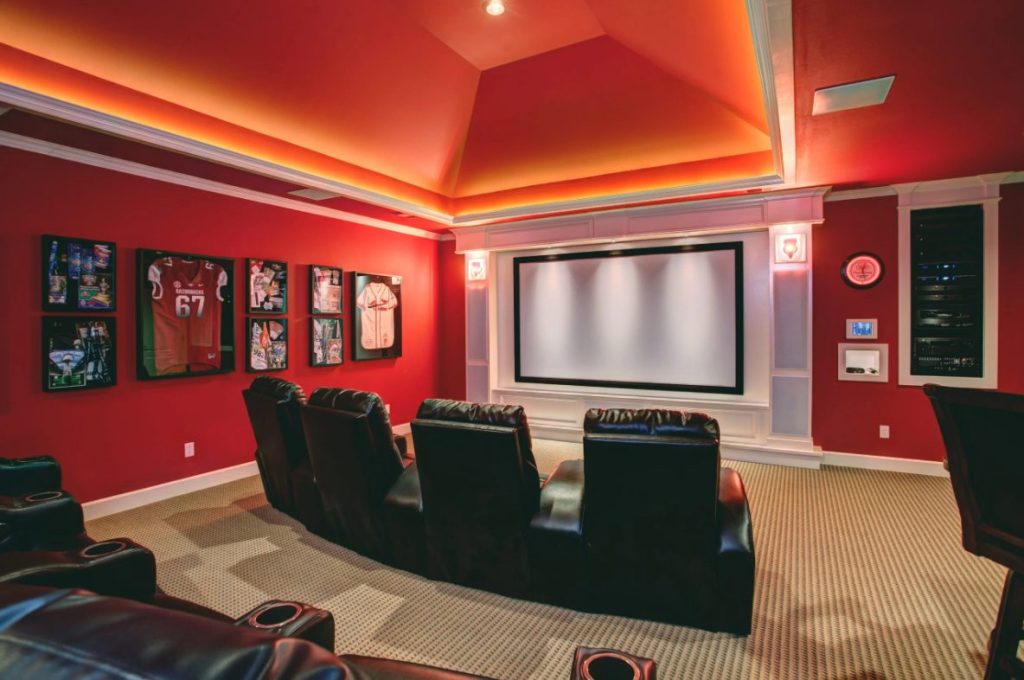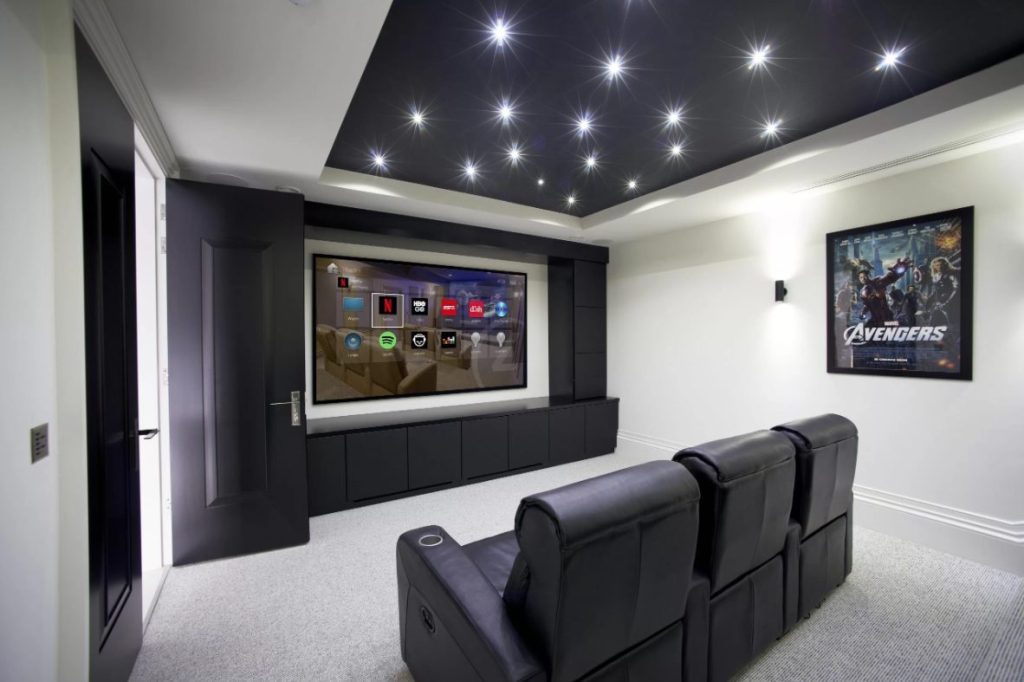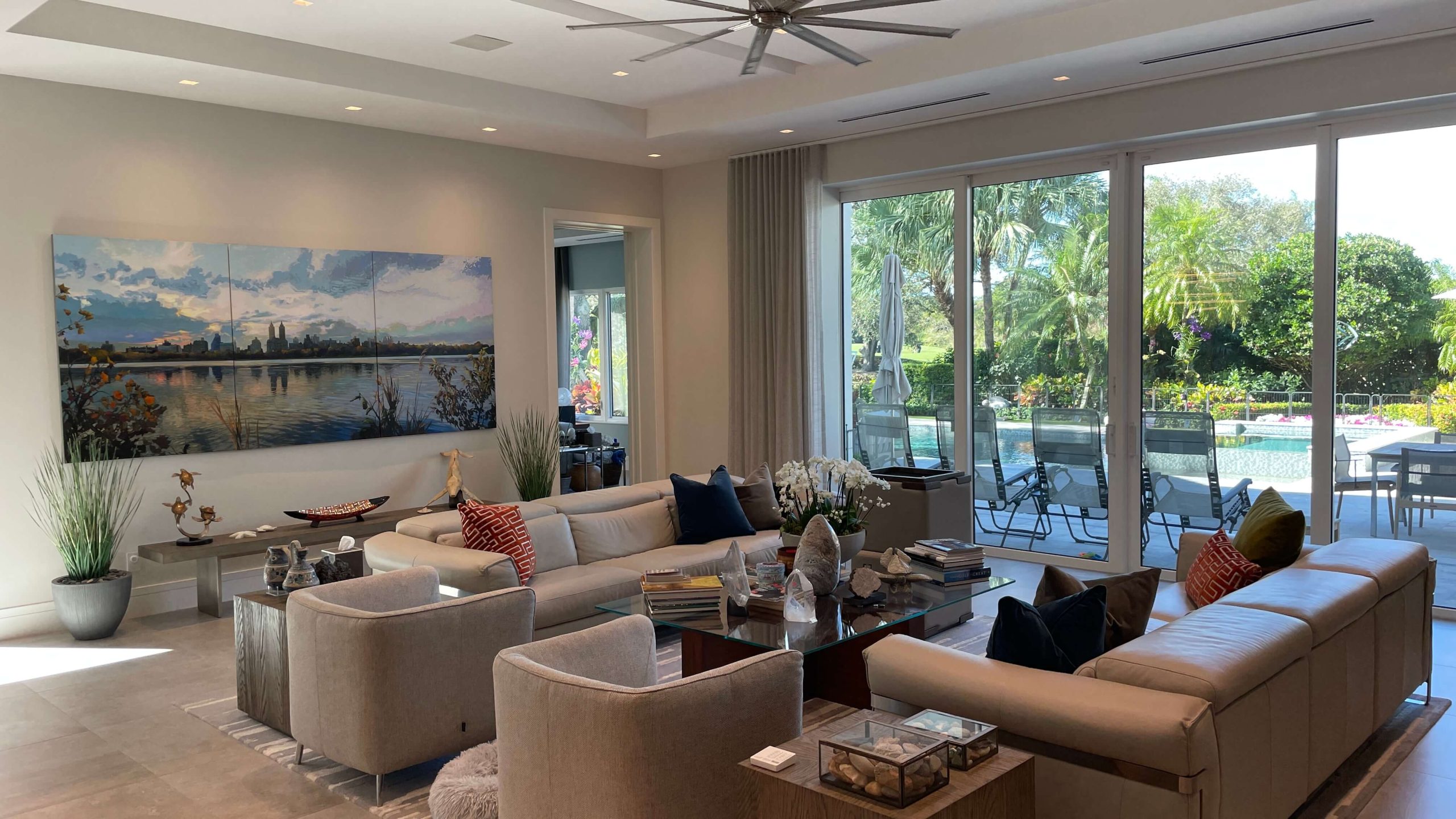
Is Whole Home Automation Right for You? 7 Signs You’re Ready to Upgrade
As technology becomes more integrated into daily life, more homeowners are turning to smart devices to make their lives easier, safer, and more efficient. Whole home automation systems allow you to control everything from your lights and thermostat to your security system and entertainment devices—all from a single app or even your voice.
While the idea of automating your entire home may sound high-tech or futuristic, it’s actually more accessible and practical than ever before. But how do you know if it’s the right choice for you? Learn seven clear signs that upgrading to a fully automated home could improve your comfort, security, and energy efficiency.
Whether you’re a busy professional, a frequent traveler, or just someone who loves the convenience of modern technology, read on to see if it’s time to contact a whole home automation expert installation company and make your home smarter.
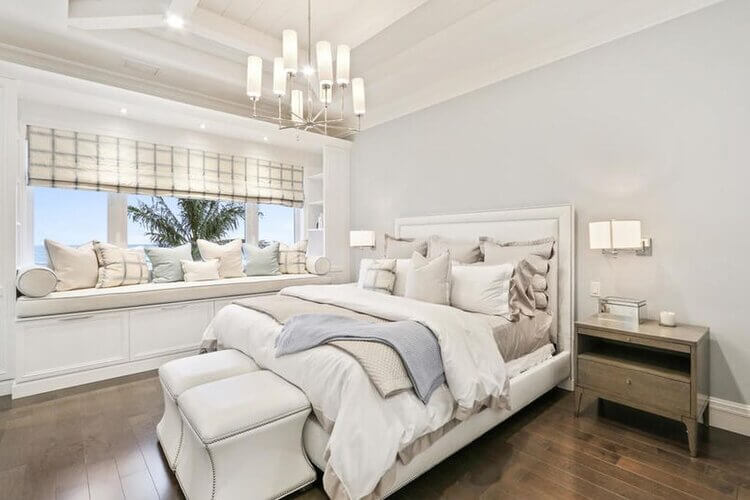
7 Reasons You Should Consider Whole Home Automation
1. You Want Better Control Over Your Home’s Security
If you’re concerned about your home’s security, whole home automation can provide the peace of mind you need.
With integrated smart security systems, you can monitor your home from anywhere, receive real-time alerts, and even control locks and cameras remotely. You’ll have complete access to your home’s security setup, at work or on vacation.
For example, smart locks allow you to grant temporary access to friends or service providers, while security cameras offer live footage so you can check in whenever you want. With a system that alerts you instantly if there’s any suspicious activity, whole home automation takes home security to a whole new level.
2. You’re Interested in Reducing Energy Costs and Being More Eco-Friendly
Whole home automation systems give you the power to manage your energy consumption more efficiently, all from one device. With smart thermostats, automated lighting, and smart plugs, you can control your home’s energy use from anywhere.
Instead of leaving the heat or air conditioning running when you’re not home, you can adjust the temperature remotely from your phone or tablet. Did you forget to turn off the lights? Simply tap a button on your device, and it’s done. With whole home automation, you have the ability to reduce energy waste by controlling when and how your devices and appliances are used, no matter where you are.
The result? Lower energy bills and a smaller carbon footprint.
3. You Love Entertaining or Creating a Seamless Media Experience
If you enjoy hosting movie nights or dinner parties, whole home automation can transform your entertainment setup. You can walk into your home, and with a simple voice command or a tap on your smartphone, your living room lights dim, the projector screen lowers, and the surround sound kicks in. It’s like having a personal movie theater right in your home.
Home automation also allows you to integrate your audio, video, and lighting systems for a seamless entertainment experience. You can even create pre-set “scenes” for different occasions, like game day, movie night, or family gatherings.
It takes the hassle out of juggling multiple remotes and ensures everything is perfectly coordinated for your guests.
4. You’re Always on the Go and Want Remote Access to Your Home
If you’re frequently out and about, remote access to your home’s systems can make your life much easier. Whole home automation allows you to control almost every aspect of your home from your smartphone, no matter where you are.
Forgot to turn off the lights before leaving for work? No problem—just turn them off remotely. Want to make sure your front door is locked while you’re on vacation? You can lock it from your phone with a few taps.
Smart home systems offer a level of convenience that busy individuals will appreciate, allowing you to manage your home without being there physically.
This feature is especially useful for travelers, parents managing their households remotely, or even those who want the peace of mind that everything is running smoothly while they’re away.
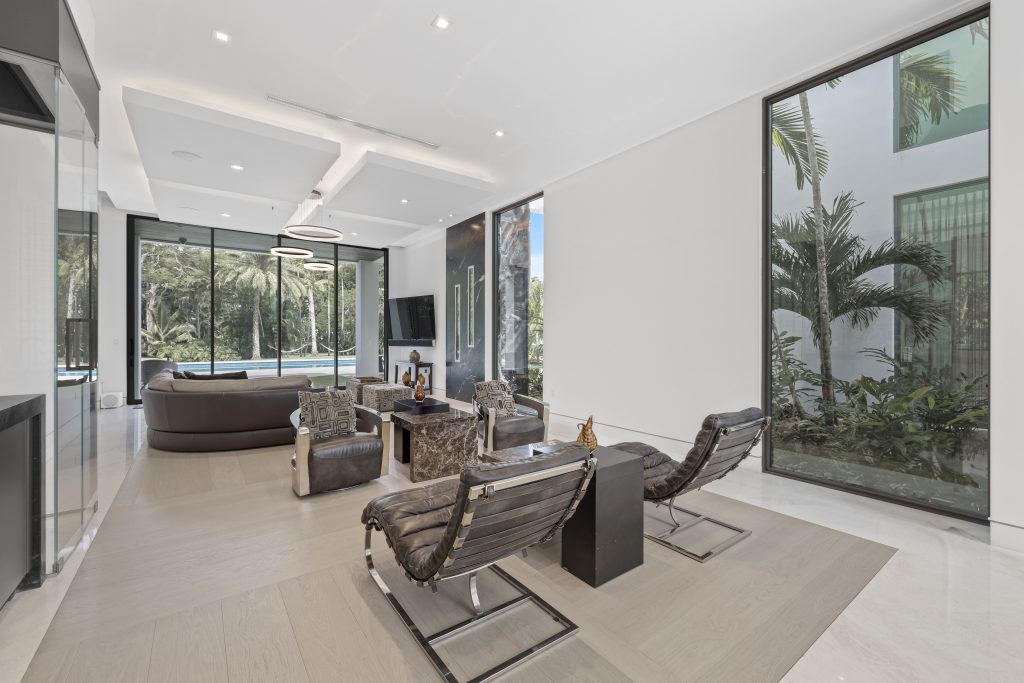
5. You’re Interested in Future-Proofing Your Home
Smart homes are becoming the new standard. If you want to stay ahead of the curve and increase your property’s value, whole home automation is a smart investment.
Homes with integrated smart systems are more attractive to potential buyers, who appreciate the added convenience and efficiency that comes with automation.
Additionally, smart systems are scalable, meaning you can start small and gradually expand over time. As new technologies emerge, you can easily upgrade your system to include the latest innovations, ensuring that your home is future-proof and up to date with the latest trends.
6. You Want to Enhance Everyday Convenience and Comfort
Whole home automation isn’t just about flashy tech; it’s about making your life easier. By automating everyday tasks, you can free up time and enjoy a more comfortable living experience.
Smart systems are designed to fit seamlessly into your routine, creating a living environment that adapts to you.
Whether it’s automatically adjusting the lighting based on the time of day or ensuring your Wi-Fi is seamlessly connected throughout the house, whole home automation takes care of the little details, so you don’t have to.
7. You’re Ready to Centralize Control of Your Home
Finally, if you’re tired of managing different systems and devices with separate remotes and apps, whole home automation offers the perfect solution.
With a centralized control hub or smartphone app, you can manage everything from your home’s security to the temperature, lighting, and entertainment with a single interface.
No more fumbling through multiple apps or trying to remember which remote controls what. Whole home automation streamlines everything, making it easier to manage and troubleshoot. Plus, with voice assistants, you can control everything hands-free, adding an extra layer of convenience to your daily life.
Addressing Common Concerns About Whole Home Automation
It’s understandable to have concerns about the cost and complexity of whole home automation. However, many systems today are more affordable and user-friendly than ever before. You don’t need to be a tech expert to enjoy the benefits of an automated home.
Many companies offer scalable solutions, allowing you to start small and expand as needed, making it a feasible option for a variety of budgets.
If the idea of integrating technology into your home seems overwhelming, rest assured that professionals can handle the installation and setup, ensuring everything works perfectly.
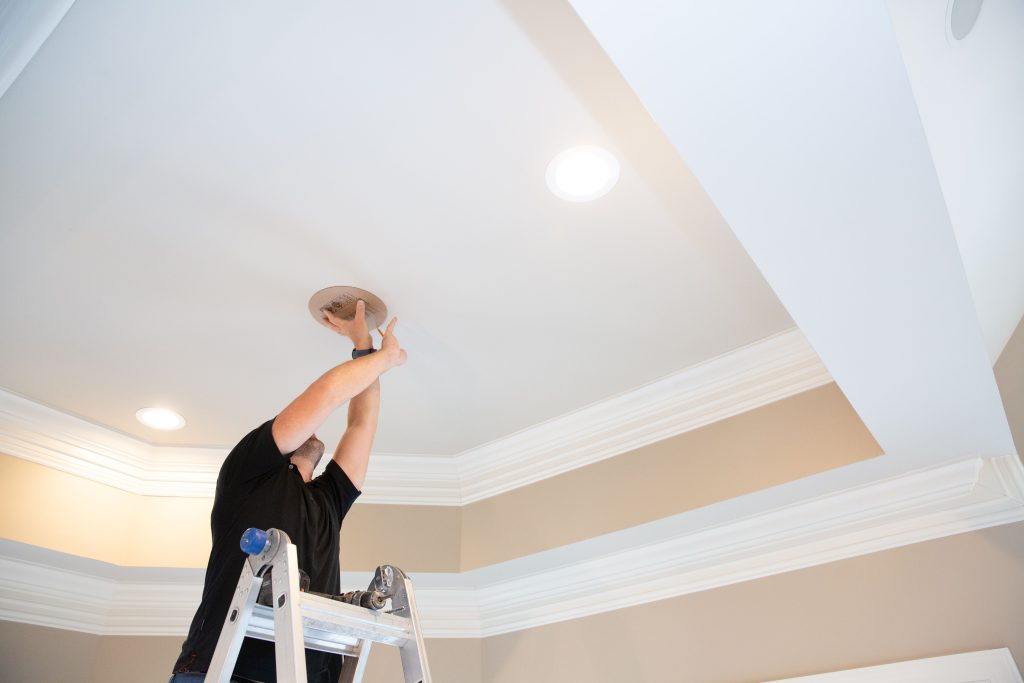
Get the Best Solutions with a Qualified Whole Home Automation Expert Installation Company
Ready to make the switch? Contact Palm Beach Audio Visions today for expert advice on smart home installation, including automation, home theater setups, and whole-house audio solutions.
If you’re looking to enhance security, boost energy efficiency, or create a seamless entertainment experience, Palm Beach Audio Visions has the expertise to turn your home into a smart, connected space you’ll love.
